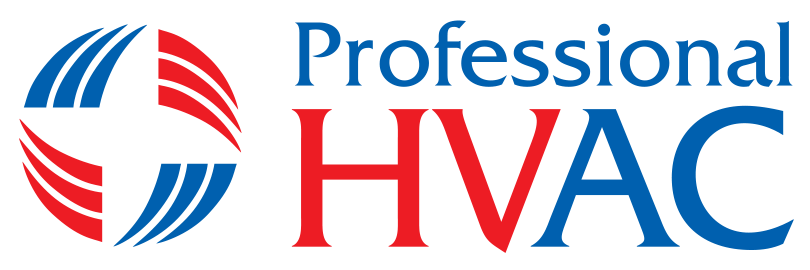Heat Pump Installations: What Affects the Price?
Installing a heat pump system is a smart investment—but it comes with many variables that affect the final cost. Some homes are ready for a quick, simple install, while others require more preparation, upgrades, or design considerations.
Here’s what you need to know before making a decision:
💲 Key Factors That Influence Heat Pump Installation Cost
Location of Equipment
Installing equipment in tight spaces, attics, or far from electrical panels can add labor time and complexity.Electrical Supply
Your home must have the right electrical capacity. If your panel is outdated, upgrades can be expensive.Home Size
Larger homes often need multiple indoor units or zones, adding to equipment and installation costs.System Efficiency
Lower-efficiency or entry-level models cost less upfront, but may have higher long-term operating costs.Existing Piping
If we can reuse refrigerant lines or wiring, it can reduce both time and materials needed.Backup Heat Source
Will your system use electric, propane, or oil backup heat? Some fuels are cheaper to install, but more costly to operate. A good contractor will help you weigh both install and long-term costs.Rebates and Incentives
Mass Save® rebates can significantly lower installation costs—if your system qualifies. Integrated controls or partial home conversions often come with extra requirements.
🧾 What Specifically Raises the Price?
Some homes have unique challenges that can increase the final price of a heat pump installation:
❌ Difficult Equipment Location – Hard-to-access basements, crawlspaces, or second-floor attics take more time and effort.
❌ Electrical System Upgrades – New circuits or panel replacements can be costly in worst-case scenarios.
❌ Outdated Ductwork – Undersized, leaky, or poorly designed ductwork may need replacing or redesigning to work with your new system.
❌ Lack of Air Sealing or Duct Sealing – These may be required to qualify for rebates or to achieve system efficiency.
❌ Larger Homes – More square footage means more indoor heads, outdoor units, and infrastructure to distribute heating and cooling effectively.
❌ Room Zoning or Indoor Air Quality (IAQ) Accessories – Additional comfort features like zoning, humidifiers, or air purifiers increase material and design complexity.
✅ Before You Buy: Ask the Right Questions
Make sure your contractor evaluates your:
Duct system compatibility
Electrical capacity
Backup heat options
Rebate eligibility
At Professional HVAC, we take time to assess the whole home—not just the heat pump itself. A thoughtful design now means fewer surprises later—and a more comfortable, energy-efficient home for years to come.
